Introduction
Pickling daikon greens, also known as kaiware or daikon radish sprouts, is a time-honored culinary tradition celebrated across Asia, particularly in Japan, China, and Korea. These vibrant green tops, often discarded in Western kitchens, pack a punch of peppery flavor and a satisfying crunch when preserved correctly. Mastering the art of pickling daikon greens transforms a humble ingredient into a versatile condiment, side dish, or garnish that elevates rice bowls, noodles, salads, and even grilled meats. This guide delves into the nuances of selecting, preparing, and pickling daikon greens to achieve the perfect balance of tanginess, saltiness, and texture. From traditional fermentation methods to quick refrigerator pickles, we’ll explore techniques that cater to both novice cooks and seasoned preservationists.
Why Pickle Daikon Greens?
Daikon greens are rich in vitamins A, C, and K, as well as antioxidants and fiber, making them a nutritious addition to any meal. However, their slightly bitter taste and coarse texture can be off-putting when eaten raw. Pickling mellows their bitterness, softens their fibers, and imparts a bright, acidic zing that complements a wide range of dishes. Additionally, pickling extends the shelf life of daikon greens, reducing food waste and providing a convenient pantry staple.
Selecting the Freshest Daikon Greens
The foundation of exceptional pickled daikon greens lies in starting with pristine produce. When shopping, look for bunches with:
- Crisp, Bright Green Leaves: Avoid wilted or yellowing foliage, as these indicate age or improper storage.
- Firm Stems: The stalks should be sturdy, not limp or rubbery.
- Minimal Blemishes: Check for spots, holes, or discoloration, which may signal pest damage or decay.
- Intact Root Ends: If the greens still have a small portion of the white radish attached, ensure it’s firm and unblemished.
Preparing Daikon Greens for Pickling
Proper preparation ensures even pickling and optimal texture. Follow these steps:
- Washing: Rinse the greens thoroughly under cold running water to remove dirt, debris, and any residual pesticides. Gently agitate the leaves to dislodge grime without bruising them.
- Trimming: Use a sharp knife to separate the leaves from the thick central stalk if desired. While the stalks are edible, they may require longer pickling times to soften. Alternatively, chop the greens into 2–3 inch segments for easier handling.
- Blanching (Optional): For a softer texture, blanch the greens in boiling water for 1–2 minutes, then immediately transfer them to an ice bath to halt cooking. This step is optional but recommended if you prefer less fibrous results.
- Drying: Pat the greens dry with a clean kitchen towel or use a salad spinner to remove excess moisture. Excess water can dilute the brine and lead to spoilage.
The Science of Pickling: Brine Basics
Pickling relies on two primary methods: fermentation (lacto-fermentation) and vinegar brining. Each approach yields distinct flavors and textures.
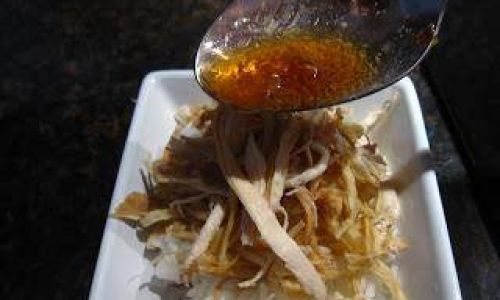
-
Fermented Pickles
Lacto-fermentation harnesses natural bacteria to convert sugars into lactic acid, creating tangy, probiotic-rich pickles. This method requires patience but rewards with complex flavors and health benefits.-
Ingredients:
- 4 cups daikon greens, prepared
- 2 tbsp sea salt (non-iodized)
- 4 cups filtered water
- Optional flavorings: garlic cloves, ginger slices, chili peppers, mustard seeds
-
Process:

- Dissolve salt in water to create a 3.5% brine (adjust salt content based on ambient temperature).
- Place daikon greens and flavorings in a sterilized jar, packing tightly.
- Pour brine over the greens, ensuring they’re fully submerged. Use a weight (e.g., a small glass jar or fermentation stone) to prevent floating.
- Cover the jar with a breathable cloth and secure with a rubber band.
- Ferment at room temperature (65–75°F/18–24°C) for 3–7 days. Taste daily until the desired acidity is achieved.
- Transfer to the refrigerator to halt fermentation. These pickles will keep for several months.
-
-
Vinegar Brined Pickles
Vinegar brining offers instant tanginess and crispness, making it ideal for quick pickles. The absence of fermentation means these pickles lack probiotics but are ready to eat within hours.-
Ingredients:
- 4 cups daikon greens, prepared
- 1 cup rice vinegar (or apple cider vinegar)
- 1 cup water
- 2 tbsp sugar
- 1 tbsp sea salt
- Optional flavorings: star anise, peppercorns, coriander seeds
-
Process:
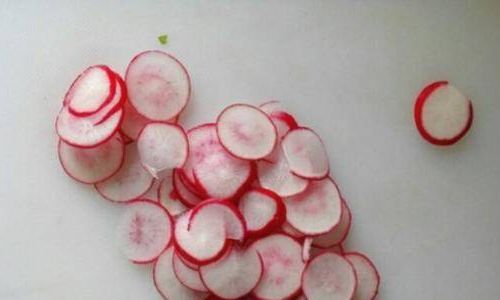
- In a saucepan, combine vinegar, water, sugar, and salt. Bring to a simmer, stirring until dissolved.
- Pack daikon greens and flavorings into sterilized jars.
- Pour hot brine over the greens, leaving ½ inch headspace.
- Seal the jars and let cool to room temperature.
- Refrigerate for at least 24 hours before serving. These pickles will last 2–3 weeks.
-
Mastering Flavor Profiles
The beauty of pickling lies in customization. Experiment with these flavor combinations to suit your palate:
- Spicy: Add sliced jalapeños, red pepper flakes, or Szechuan peppercorns.
- Aromatic: Incorporate lemongrass, kaffir lime leaves, or cilantro stems.
- Umami: Include a strip of kombu (dried kelp) or a splash of soy sauce.
- Sweet: Balance acidity with honey, mirin, or carrots for natural sweetness.
Troubleshooting Common Issues
Even seasoned picklers encounter hiccups. Here’s how to address them:
- Mushy Texture: Over-fermentation or insufficient salt. Use a brine calculator to ensure accurate salt ratios.
- Cloudy Brine: Harmless yeast or bacteria; strain and refrigerate.
- Off Odors: Spoilage; discard immediately.
- Uneven Pickling: Ensure greens are fully submerged and jars are sealed properly.
Storage and Shelf Life
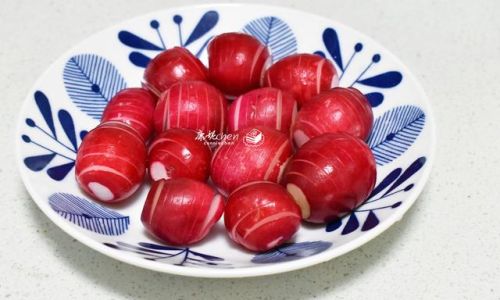
- Fermented Pickles: Store in the refrigerator for up to 6 months. Avoid exposure to oxygen to prevent surface mold.
- Vinegar Pickles: Consume within 3 weeks for peak freshness.
- Label Jars: Note the pickling date and ingredients to track freshness.
Serving Suggestions
Pickled daikon greens shine in countless dishes:
- Rice Bowls: Top with a fried egg, avocado, and sesame seeds.
- Noodle Salads: Toss with soba noodles, cucumber, and a sesame-soy dressing.
- Sandwiches: Layer with grilled pork, cilantro, and chili mayo.
- Appetizers: Serve alongside cheese, charcuterie, or fried dumplings.
Advanced Techniques for Enthusiasts
For those seeking to elevate their pickling game, consider these methods:
- Double Fermentation: After initial fermentation, transfer pickles to a vinegar brine for added complexity.
- Aging: Allow pickles to mellow in the refrigerator for 4–6 weeks for deeper flavor.
- Infused Brines: Experiment with herbal teas, fruit zests, or smoked salts in the brine.
Cultural Significance of Pickled Daikon Greens
In Japan, takuan—pickled daikon radish—is a beloved accompaniment to meals, prized for its ability to aid digestion. Korean chonggak-kimchi incorporates whole daikon greens fermented with chili paste, while Chinese households often stir-fry pickled greens with pork belly for a savory-sour dish. These traditions underscore pickling’s role in preserving seasonal bounty and enhancing culinary diversity.
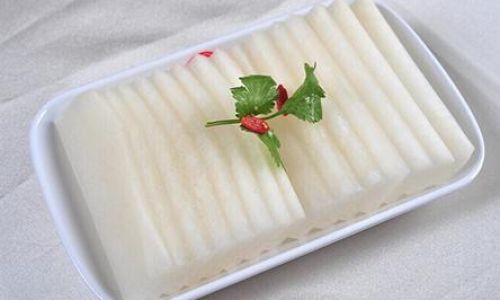
Sustainability Tip: From Garden to Jar
Grow your own daikon radishes to harvest both the root and the greens. Even a small container garden can yield enough greens for multiple batches of pickles, reducing grocery costs and carbon footprint.
Conclusion
Pickling daikon greens is a rewarding blend of science, artistry, and tradition. Whether you prefer the probiotic punch of fermented pickles or the instant gratification of vinegar brines, mastering this craft opens doors to endless flavor possibilities. Experiment with spices, textures, and serving styles to make this humble vegetable a star in your kitchen. With patience and practice, you’ll soon craft pickles that rival those of generations past—crisp, vibrant, and utterly addictive.
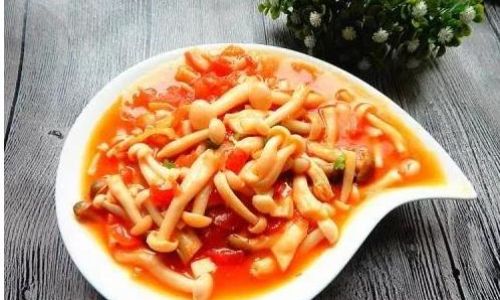
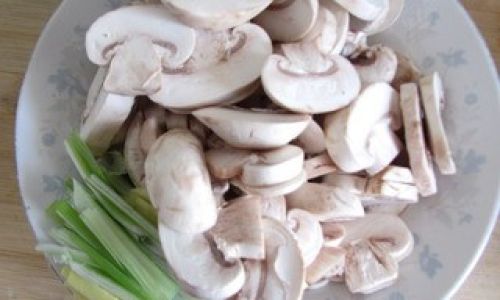
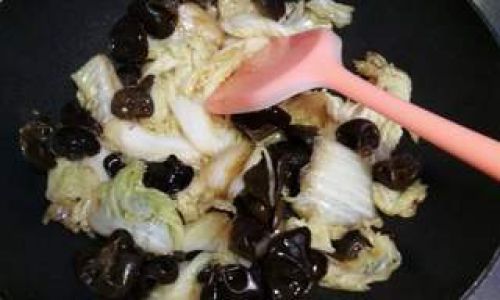

0 comments